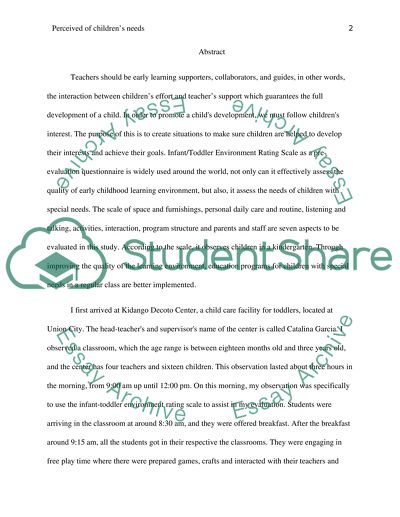Cite this document
(“Infant-Toddler Environment Rating Scale (ITERS-R) Assignment Essay”, n.d.)
Retrieved from https://studentshare.org/miscellaneous/1669653-infant-toddler-environment-rating-scale-iters-r-assignment
Retrieved from https://studentshare.org/miscellaneous/1669653-infant-toddler-environment-rating-scale-iters-r-assignment
(Infant-Toddler Environment Rating Scale (ITERS-R) Assignment Essay)
https://studentshare.org/miscellaneous/1669653-infant-toddler-environment-rating-scale-iters-r-assignment.
https://studentshare.org/miscellaneous/1669653-infant-toddler-environment-rating-scale-iters-r-assignment.
“Infant-Toddler Environment Rating Scale (ITERS-R) Assignment Essay”, n.d. https://studentshare.org/miscellaneous/1669653-infant-toddler-environment-rating-scale-iters-r-assignment.


